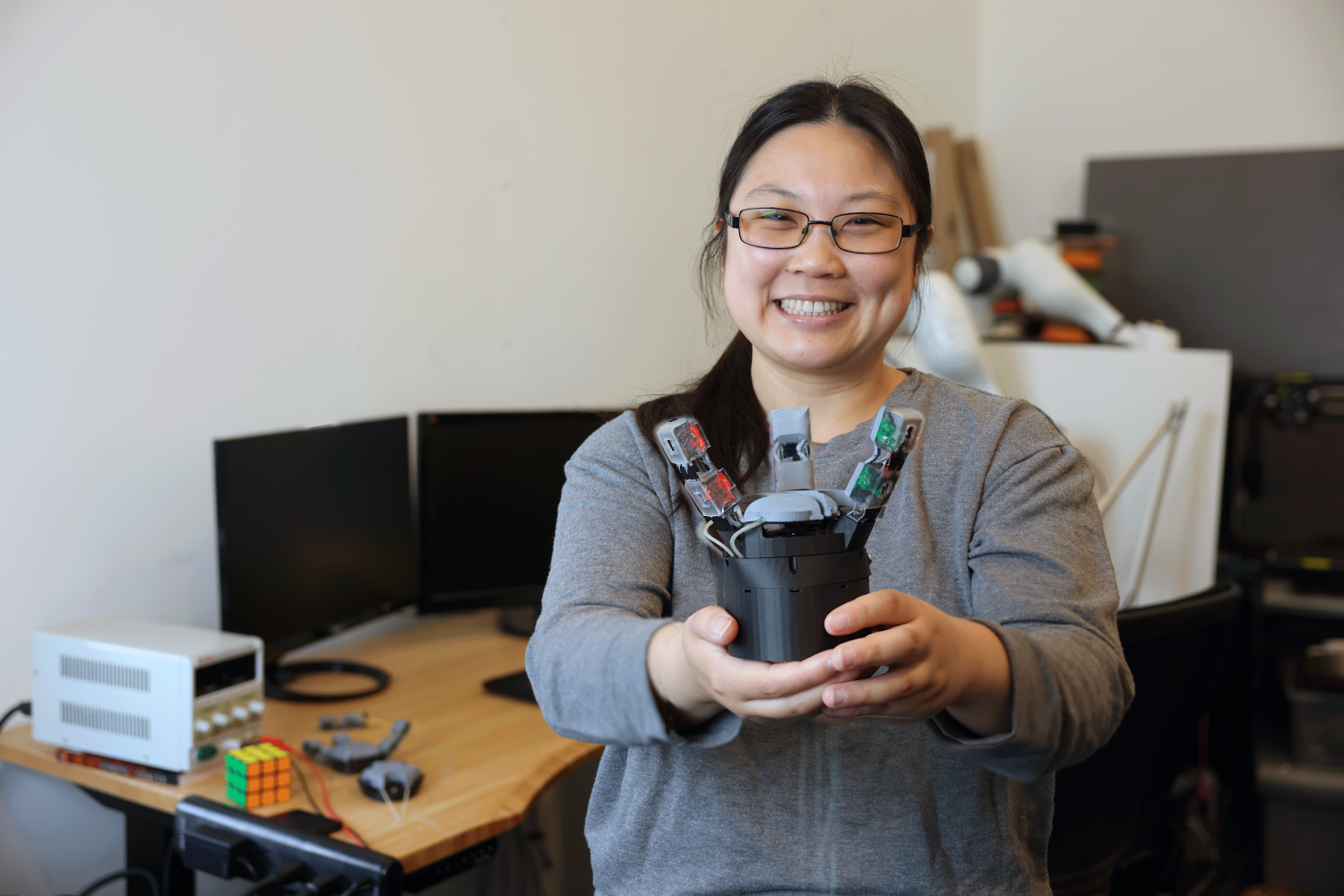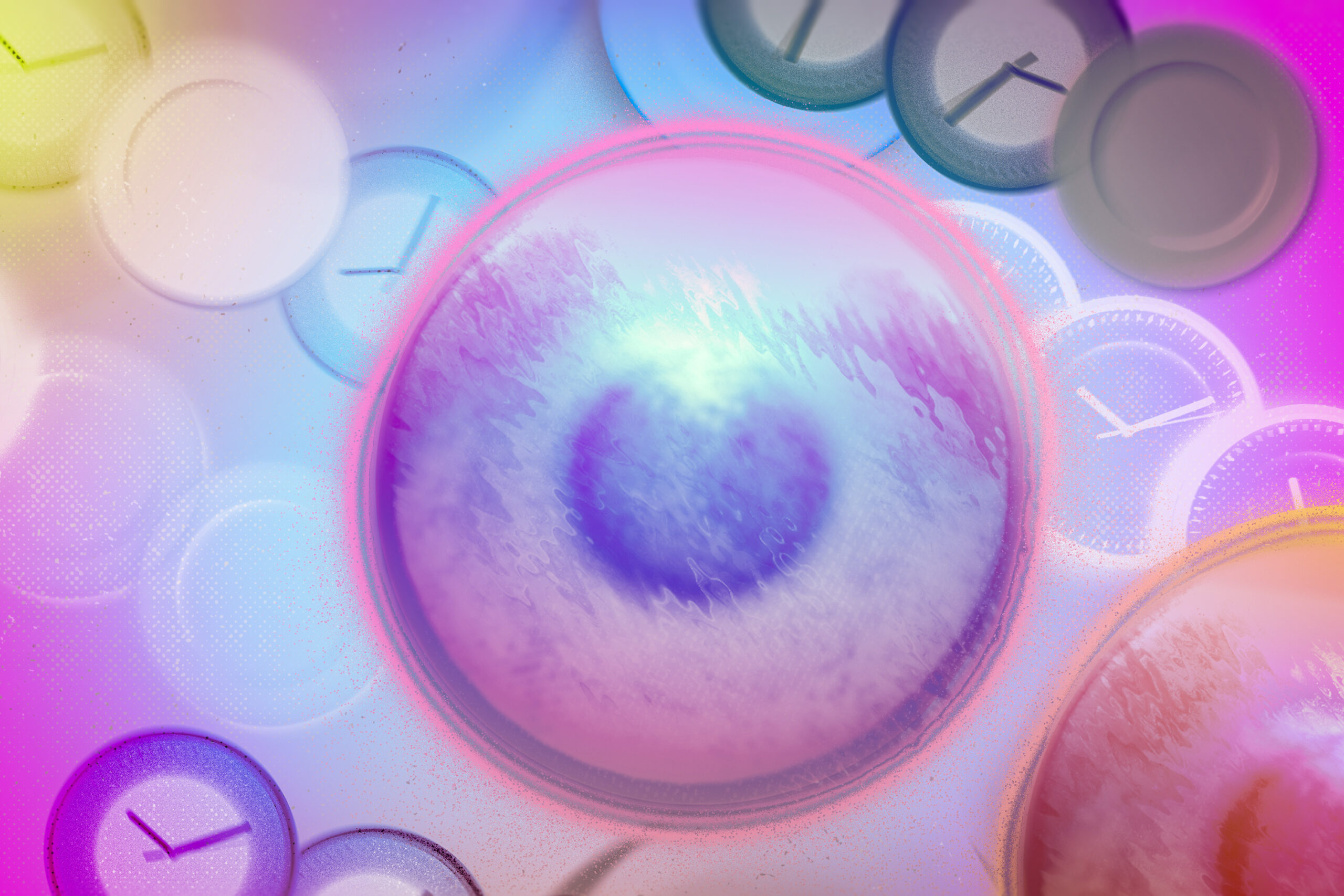Imagine a robot confidently saying, “I’ll have you eating out of the palm of my hand,” but what if it doesn’t even have a palm? This quirky thought leads us to the innovative strides in robotics! At MIT’s Computer Science and Artificial Intelligence Laboratory (CSAIL), researchers have taken a groundbreaking approach to the design of robotic hands, emphasizing the crucial role of the palm in enhancing gripping and grasping capabilities akin to human dexterity.
Meet GelPalm, an advanced robotic hand featuring a gel-based, flexible sensor designed to mimic the soft and adaptable qualities of human hands. This innovative sensor integrates cutting-edge color illumination technology, utilizing red, green, and blue LEDs to illuminate objects. A camera captures the light reflections, generating highly detailed 3D surface models that enable precise robotic interactions with various items.
But what’s a palm without fingers? The team also created flexible robotic fingers known as ROMEO (RObotic Modular Endoskeleton Optical), utilizing similar sensing technologies as GelPalm. These fingers exhibit “passive compliance,” allowing them to adjust to external forces without needing motors. This design maximizes the finger’s surface area in contact with objects, enabling a more secure grip. Plus, they are manufactured using cost-effective 3D printing techniques, making them a game changer.
Beyond enhanced dexterity, GelPalm prioritizes safety in interactions—a crucial feature for applications in human-robot collaboration, prosthetics, and biomedical fields where human-like sensory capabilities are paramount. Previous robotic designs typically fixated solely on finger dexterity; however, Liu’s innovative approach seeks to create a versatile end effector that resembles human hands, allowing for a richer interaction with objects and the ability to perform a wider array of tasks.
“We take cues from human anatomy,” explains Sandra Q. Liu, a recent MIT graduate and the lead designer behind GelPalm. “Our hands comprise rigid bones encapsulated with soft tissues, providing an adaptive talent that we can emulate in robotic design. This approach eliminates the need for additional motors, as the palm can naturally conform around objects much like our own hands.”
To validate the efficiency of the palm design, Liu tested two illumination systems—blue LEDs versus white LEDs—integrated with the ROMEO fingers. Both systems showcased a similar excellence in producing high-quality tactile reconstructions when engaging with various objects.
Crucially, the team evaluated how well different palm configurations could envelop and grasp objects securely. They coated plastic shapes in paint and pressed them against various palm types: rigid, structurally compliant, gel compliant, and their dual compliant design. The results were striking. Liu noted, “The combination of structural and material compliance significantly improved grip capabilities compared to the other designs. This elegant approach maximizes the palm’s function in achieving stable grasps.”
One constraint identified during the research was the challenge of incorporating adequate sensory technology within the palm without adding unnecessary bulk or complexity. The camera-based tactile sensors present size and flexibility issues, as current technology struggles to offer extensive coverage without compromising functionality. Future work could involve developing more flexible materials for mirrors and enhancing sensor integration to retain practical usability.
“The palm often goes unnoticed in robotic hand development,” comments Matei Ciocarlie, an associate professor at Columbia University, and not part of this research. “This work stands out by introducing a meticulously designed palm that integrates articulation and sensing—two features many robotic palms lack. The human palm’s delicate articulation and sensitivity make this research an exciting advancement.”
“I envision significant progress in crafting advanced robotic hands that merge soft and rigid components with tactile sensitivity in the coming five to ten years,” Liu adds. “This complex field lacks a consensus on optimal hand design, which makes our findings all the more exhilarating. With GelPalm and the ROMEO fingers, I emphasized modularity and versatility to inspire a broader array of designs. By creating low-cost and easily manufacturable designs, we aim to empower innovation across the board. My aspiration is for this research to incite further advancements and encourage exploration among peers.”
Ted Adelson, the John and Dorothy Wilson Professor of Vision Science in the Department of Brain and Cognitive Sciences and a CSAIL member, serves as a senior author on a paper detailing their findings. This research received support from the Toyota Research Institute, Amazon Science Hub, and the SINTEF BIFROST project. Liu presented her groundbreaking work at the recent International Conference on Robotics and Automation (ICRA).
Photo credit & article inspired by: Massachusetts Institute of Technology



